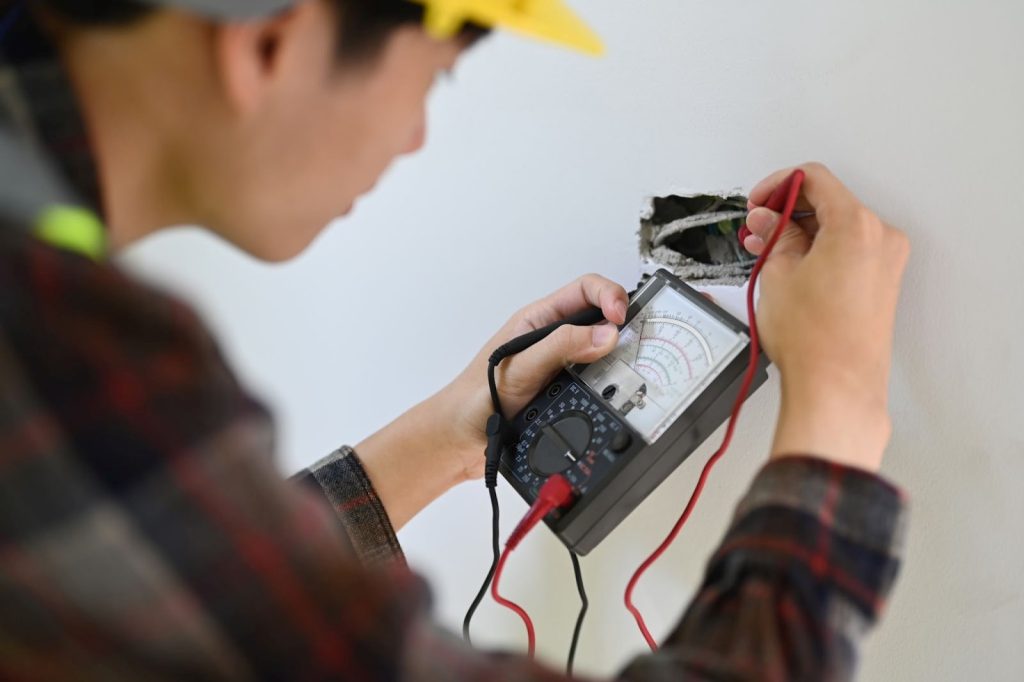Water-borne illnesses, such as Legionnaires’ disease, pose a serious health risk for residential buildings. To protect residents from potential exposure to these diseases, many experts recommend conducting regular Legionella risk assessments. In this article, we will discuss the important role of Legionella risk assessments and provide an overview of the associated costs.
What Is A Residential Legionella Risk Assessment?
A residential Legionella risk assessment is a form of evaluation that assesses the potential dangers associated with Legionella bacteria in residential properties. It’s an important process to ensure safety, as these bacteria can cause Legionnaires’ disease, a potentially fatal form of pneumonia.
Benefits Of Residential Legionella Risk Assessment
Conducting a residential Legionella risk assessment is beneficial for many reasons. Firstly, landlords have a legal duty to ensure that their rental properties are safe and free from potential exposure to Legionella bacteria in cold water systems and hot water cylinders. Secondly, conducting a risk assessment helps identify any existing or potential risks associated with Legionnaires’ disease, allowing steps to be taken to minimise these risks if necessary.
Finally, while there is an initial cost to conducting a risk assessment and taking water samples to test for Legionella bacteria, this expense is insignificant to compared to the costs which could be incurred if someone were exposed to the bacteria due to the negligence of not taking these simple control measures in the first place.
Does a landlord need to do a Legionella risk assessment?
Why Are These Assessments Necessary?
Here are reasons why conducting a professional Legionella risk assessment is important:
- To get a certificate indicating compliance if there is ever an investigation into possible cases of Legionnaire’s disease;
- To meet legal requirements for Legionella control;
- To reduce the threat of disease outbreaks by ensuring that your property meets all standards set by relevant health and safety regulations.
If regular Legionella risk assessments are not performed, tenants, visitors and staff are at serious risk of contracting Legionnaires disease. For this reason, they it should be a priority for anyone responsible for the management of occupancy buildings such as care homes.
What Is The Average Cost Of A Residential Legionella Risk Assessment?
The average cost of a residential Legionella risk assessment varies depending on the size and complexity of the property. Generally speaking, the price of a full risk assessment for one property is between £50 to £100, but this can vary depending on your specific needs and your location.
Factors That Affect The Cost Of A Residential Legionella Risk Assessment
- Area size: one major factor that affects the cost of a residential Legionella risk assessment is the area size. The larger the area being assessed, the higher the cost will be due to labor and travel costs for inspectors. The complexity of plumbing systems or HVAC units also plays into cost considerations as it requires more detailed analysis from technicians.
- Location: the location of a building or complex can also affect how much an inspection costs. The further away from population centers, the more it may cost due to travel expenses involved with getting technicians onsite.
- Testing requirements: testing requirements vary depending on where you live so this impacts costs significantly. Different nations have their own set of rules when assessing Legionella risks in residential buildings.
- Type of building: the type and age of a building itself is another consideration when it comes to assessing Legionella risk factors. Older buildings tend to have more complex plumbing and ventilation systems due to upgrades over time which requires more thorough examination from technicians.
- Number of tests required: equally important is the number of tests required by health officials or municipalities during a given assessment period as this will increase overall expenses involved with an inspection.
How to manage Legionella in hot and cold water systems?
Who Should Conduct A Residential Legionella Risk Assessment?
If you don’t have experience with undertaking such assessments or don’t feel adequately qualified, then it is best to consult with a specialist who has experience carrying out residential Legionella risk assessments. Since they possess both specialized knowledge and equipment, they will be able to quickly make accurate and reliable determinations regarding any exposure risks from Legionella contamination whilst providing expert advice on how best manage these risks going forward through appropriate controls measures.
What Does A Residential Legionella Risk Assessment Include?
Here’s what you need to know about performing a residential Legionella risk assessment:
- Determine the number of residents: the first step in conducting a residential Legionella risk assessment is determining the number of residents living on the premises. This number will help determine the amount of water used at any given time and should be taken into account when formulating an appropriate plan for testing, controlling, and mitigating potential risks associated with Legionella.
- Inspect building features and fixtures: the next step is to carefully inspect all building features and fixtures within the residence such as hot water tanks, showers, taps, faucets, etc., for any signs of damage or corrosion that could potentially contaminate freshwater sources. In addition to identifying these physical risks, it’s important to ensure that all plumbing systems are properly maintained with hot water temperatures set at no less than 140°F (60°C) during use in order to minimize bacterial growth.
- Testing for contamination levels: in order to detect the presence of Legionella or other contaminants before they become potentially hazardous, professional testing should be conducted at regular intervals depending on usage frequency and other factors related to potential sources of contamination.
- Implement control measures: based on the results from tests obtained from your residential Legionella risk assessment, control measures must be implemented which can include chlorine shock treatments or pH adjustments as well as increased circulation use.
How often should water systems be checked for Legionella?
Regulations Surrounding Residential Legionella Risk Assessments
Conducting a professional residential Legionella risk assessment is not limited to identifying potential sources of infection. The findings must also be included in a report with details of recommended corrective actions for the identified hazards. On completion, the assessor must provide you with a written report detailing all aspects of their inspection, including recommendations for further action if necessary, to ensure that anyone responsible for managing water systems is aware of their obligations to control Legionella risks.
How Long Does A Residential Legionella Risk Assessment Take?
Legionella risk assessments for a single residential property generally take between half an hour to an hour and a half, depending on the size of the home and the type of water systems installed.
Residential Legionella Risk Assessment Services
A residential Legionella risk assessment can help homeowners identify potential sources of contamination and take steps to reduce the risk of Legionella in their water system. Our services include a thorough inspection of the water system, including the hot water tank, water heater and other components. We will thoroughly inspect your property and provide you with a comprehensive report outlining all potential risks associated with Legionella bacteria.


